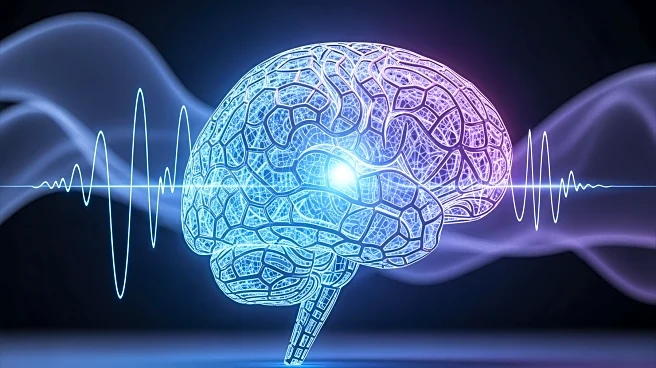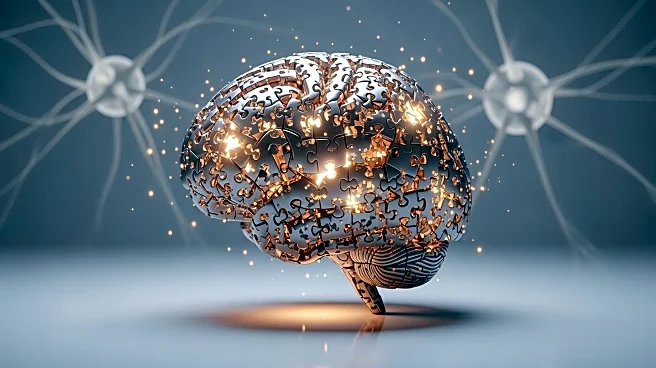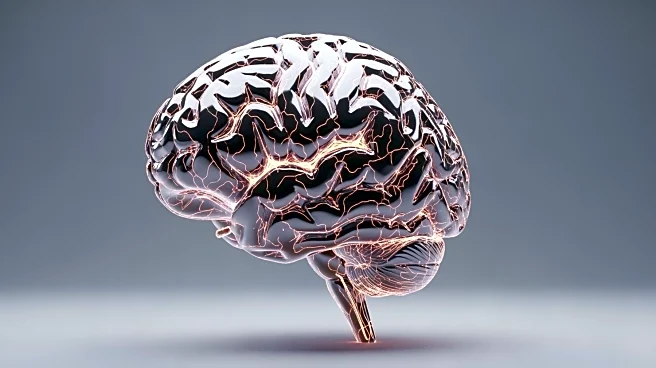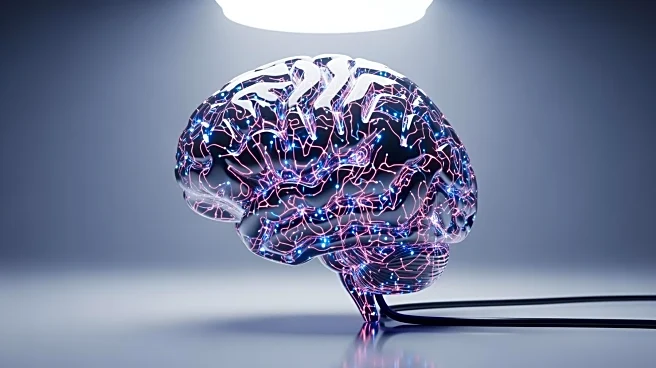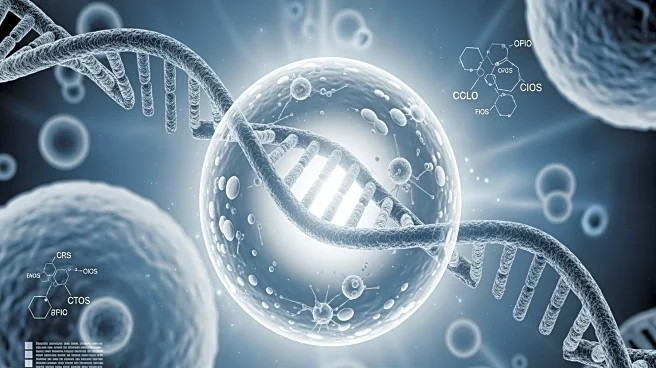What's Happening?
Researchers at the Picower Institute for Learning and Memory at MIT have discovered that theta-frequency brain waves play a crucial role in visual working memory in non-human primates. The study, published
in Neuron, involved primates playing a video game where they identified changes in colored squares on a screen. The research found that the accuracy and speed of the primates' responses were influenced by the phase of theta waves and the vertical position of the target square. Theta waves appeared to orchestrate the interaction between beta and gamma waves, affecting neural computation and visual information processing.
Why It's Important?
This study provides new insights into the neural mechanisms underlying working memory, which is essential for cognitive tasks such as learning and decision-making. Understanding how theta waves influence memory could lead to advancements in neurotechnology and cognitive therapies. The findings may have implications for developing closed-loop feedback systems to enhance brain wave power for clinical applications, potentially benefiting individuals with memory impairments or neurological disorders.
What's Next?
The research team plans to develop analog feedback systems that can modulate brain wave frequencies for therapeutic purposes. This could involve creating devices that strengthen specific brain wave patterns to improve cognitive function in patients with memory-related conditions. Further studies may explore the application of these findings in human subjects, aiming to translate the benefits observed in primates to clinical settings.
Beyond the Headlines
The study raises questions about the ethical use of brain wave modulation in enhancing cognitive abilities. It prompts discussions on the potential for misuse in areas such as cognitive enhancement and the implications for privacy and consent in neurotechnology applications. Additionally, the research highlights the complexity of brain wave interactions, suggesting a need for interdisciplinary approaches to fully understand and harness these mechanisms.
